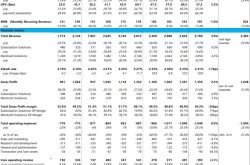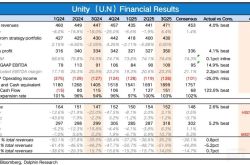Revolutionizing Bionic Hands: Domestic Innovators Conquer the "Impossible Triangle"
![]() 07/11 2025
07/11 2025
![]() 495
495
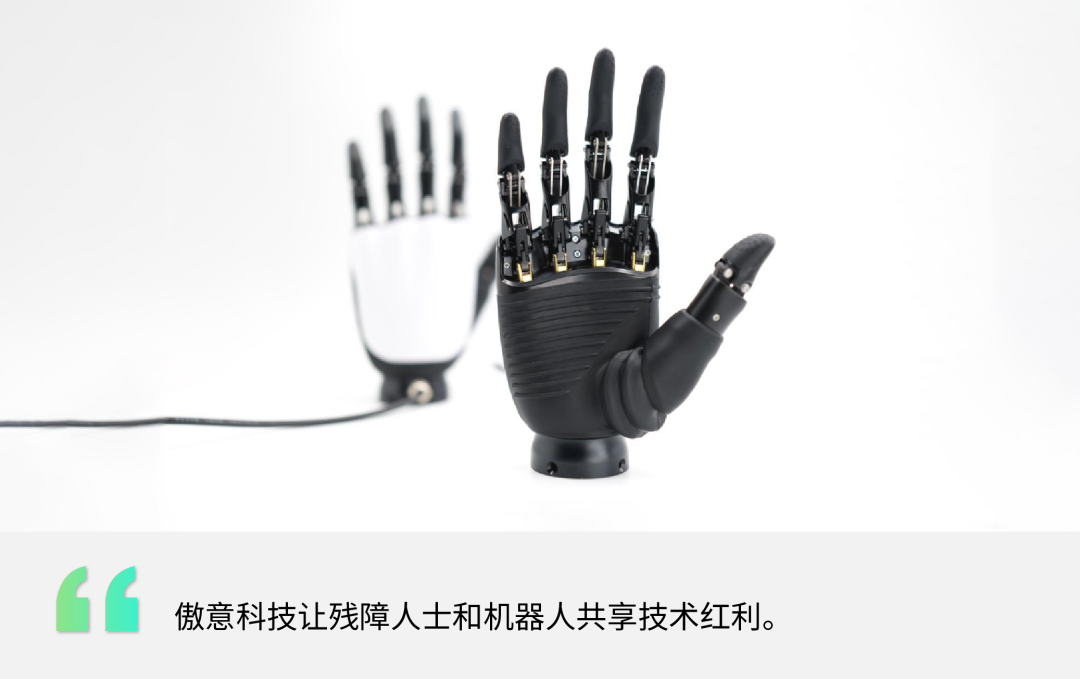
Editor's Note: The crux of robotic dexterity lies in the final centimeter—the agile hand. This amalgamation of mechanical, sensory, and AI technology transcends traditional grippers, evolving from an industrial tool to an autonomous "humanoid agent." Amid the surge of embodied intelligence, agile hands have emerged as front-runners.
Xinghe Frequency has curated a series on agile hands, delving into the heart of this technological revolution encompassing "touch," "manipulation," and "creation." We delve into both the hardcore technology behind intricate joints and the profound reflections on "capability boundaries" and "human-machine symbiosis" amidst technological fervor.
Together with forward-thinking peers, we explore the ultimate frontiers of human-machine collaboration achievable through these "agile hands."
Author | Mao Xinru
Recently, Musk showcased Neuralink's latest achievements in a one-hour video, illustrating an imaginative vision: "In the future, humans could directly control humanoid robots via brain-machine interfaces," outlining a captivating blueprint for technological advancement.
A brain-machine interface (BMI) directly connects the human brain to external devices, as seen in films like "The Matrix" and "Avatar." Currently, the fusion of neural interfaces and humanoid robots is a pioneering exploration within the industry, with several companies actively pursuing this path.
Domestically, Shanghai-based Aoee Technology stands out with its dual expertise in "neural interfaces + agile hands." 
Entering the Bionic Hand Sector: Tackling Challenging Yet Rewarding Endeavors
The medical field poses significant challenges and genuine demand gaps for product applications. Initially, Aoee Technology overlooked this medical demand, focusing on human-machine interaction through neural signals.
In 2013, founder Ni Hualiang embarked on research for a myoelectric sensor and gesture recognition technology project, leading to the company's establishment in 2015. Over the years, Aoee has concentrated on "hard technology" research.
In 2017, amidst the AR and VR craze, Aoee aimed to provide AR and VR solutions for controlling hardware devices using myoelectric signals, ultimately aiming to build the metaverse. However, the CES exhibition that year became a turning point. Its 3D-printed hand prototype, controlled by a myoelectric bracelet, sparked a user's inquiry: "Can my amputee friend use it?" This sentiment was echoed by many.
Moved by this, Ni Hualiang realized the practical value of the company's products. Upon returning to China, he visited the Disabled Persons' Federation, prosthetic rehabilitation centers, and amputees, deciding to enter the bionic hand sector to tackle challenging yet rewarding tasks.
At the time, the capital market favored internet and real estate, leaving hard technologies like bionic hands unpopular and high-barrier, facing triple challenges in technology, market, and cost:
- Technical Barrier: Requires integration of neural interfaces, precision machinery, and AI algorithms.
- Market Awareness: Limited awareness of domestically produced bionic hands; foreign brands like Ottobock were more prominent but costly, often exceeding 300,000 yuan.
- Cost Dilemma: Immature supply chain and differentiated customization demands posed significant cost challenges.
Leveraging its original neural interface technology, Aoee relied on three self-developed core technologies—myoelectric sensing arrays, AI pattern recognition algorithms, and gesture motion engines—to launch the OHand bionic hand prototype in 2017.
Despite sharing underlying technologies with myoelectric bracelets, the engineering challenges for bionic hands were vastly different. Transitioning the prototype into a mature product entailed overcoming:
- Hardware: Ensuring reliable operation with over 280 parts.
- Algorithm: Accurately recognizing user intentions and reducing latency.
- Product: Enhancing usability and price competitiveness.
To control costs and ensure stable mass production, Aoee opted for self-developed power motors, breaking free from reliance on expensive German motors with long supply cycles.
Today, Aoee has achieved mass production of self-developed coreless motors, controlling the cost of a single motor at the hundred-yuan level, and reducing the overall motor cost from tens of thousands of yuan to less than a thousand yuan.
In 2019, the OHand V1.0 version of the Aoee bionic hand was developed, successfully reducing the terminal price to one-fifth of similar foreign products.
Equipped with 5 ultra-micro motors controlling each finger's movement and myoelectric sensors perceiving gesture intentions, it enables active and natural switching, simulating precise human hand grasping operations.
In May 2025, Aoee released two lightweight bionic hand models in the OHand™ series, targeting different user groups with a lighter version.
Currently, Aoee Technology's smart bionic hands lead in sales and have been selected for the Shanghai Disabled Persons' Federation's assistive device adaptation catalog, allowing disabled individuals to adapt and use them by paying just 10% of the cost.
Moreover, the OHand™ bionic hand has obtained FDA/CE certification and the US PDAC commercial insurance payment code, pioneering overseas commercialization in various regions including the US, the Middle East, Russia, Ukraine, and India. Its overseas market revenue now surpasses the domestic market. 
From Bionic Hands to Agile Hands: Breaking the Sector's Deadlock Through Technological Dimension Reduction
Hard technology refinement demands time and capital. With the advent of embodied intelligence, seeking a second curve and tapping into incremental markets, Aoee expanded its product line to the agile hand sector, holding immense potential for industrial applications.
For Aoee, deeply entrenched in the bionic hand sector, the agile hand sector represents a dimensional reduction strategy through subtraction.
In October 2024, Aoee launched the first-generation agile hand ROHand, receiving nearly a thousand orders in just two months.
This agile hand boasts 11 degrees of freedom, including 6 active degrees, with a single finger capable of carrying 10kg and the entire hand 30kg. It is compatible with multiple terminals like AGVs, humanoid robots, and robotic arms.
Aoee emphasizes that agile hands' value lies not in stacking degrees of freedom parameters but in their adaptability in real scenarios. Currently, 11 degrees of freedom meet 60-70% of basic industrial needs.
Despite a slightly later launch compared to other leading manufacturers, leveraging its supply chain resources and market reputation from the bionic hand sector, Aoee's first-generation agile hand quickly ranked among the top domestic products upon launch, attracting procurement intentions from international companies like Apple.
In design, Aoee Technology's agile hand products adopt the "motor drive + linkage transmission" scheme, offering advantages in load capacity and dynamic response. This scheme is also favored by many agile hand sector players, including InTime Robotics, meeting the core requirements of high precision, power, reliability, and natural human-like operations within a compact space.
For product iteration, Aoee chose a steady and gradual path, prioritizing the impossible triangle of "cost-system parameters-stability" for agile hands, forming three stable advantages:
- Relying on the bionic hand product line, reusing extensive resources to reduce unit product cost.
- Crossing over from medical-grade standards to industrial applications, leveraging past accumulated parameters with a leading edge.
- Accumulating experience in mass production and delivery of thousands of units per batch, with a mature supply chain system and stable yield.
After overcoming the impossible triangle, Aoee Technology continues enriching its product matrix with niche market and refined need-oriented products. In May 2025, Aoee released two agile hands: the second-generation ROH-AP001 and the ROH-LiteS specifically for small robots. 
The second-generation agile hand's upgrade lies in its high-density dot matrix tactile sensor, equipping it with "nerve endings" sensing pressure changes from 0.1N to 25N in real-time. While fulfilling basic tasks, enhancing multimodal perception capabilities is crucial, directly relating to achieving "intelligent operation."
Its third-generation agile hand is expected to release by the end of this year or next, upgrading degrees of freedom to 15-16 based on the second-generation tactile feedback function.
Currently, Aoee's agile hand business spans embodied intelligence, industry, and special fields. Over the past year, order volume has nearly tripled annually, especially among humanoid robot customers, with industry-leading coverage. 
Leading and Catalyzing Innovation
With the agile hand sector heating up, the industry has coined the term "Four Little Dragons of Agile Hands," with Aoee Technology occupying a prominent position.
This status is based on two aspects: first, Aoee currently holds a 35% market share, making it one of the largest domestic agile hand companies in terms of shipments; second, it is recognized by the capital market and leading companies.
Established for a decade, Aoee Technology has completed seven funding rounds totaling over 400 million yuan, receiving investments from Zhejiang State-owned Assets, Zhuhai State-owned Assets, and others. This capital has solidified Aoee's industry position.
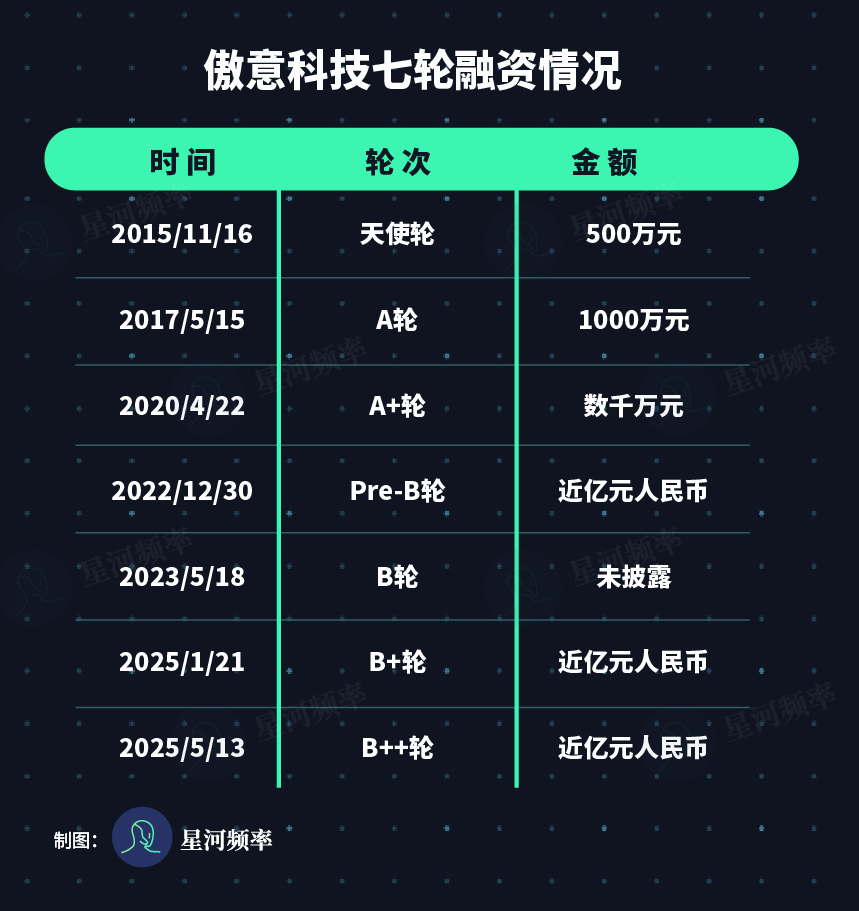
In embodied intelligence, Aoee Technology's agile hand products are widely used by domestic leaders like Zhiyuan Robotics and have received positive feedback in overseas markets like Japan.
Today, service robots equipped with Aoee agile hands can perform complex task understanding, long-range planning, and decision-making in the service industry, such as "meal preparation-delivery-collection" and "greeting-luggage delivery." For instance, in restaurants, they can independently complete actions like fetching wine, pouring, and placing trays.
Industrial robots adopting this solution have adapted to diverse tasks in scenarios like automobile manufacturing, semiconductor manufacturing, public services, and biotechnology. 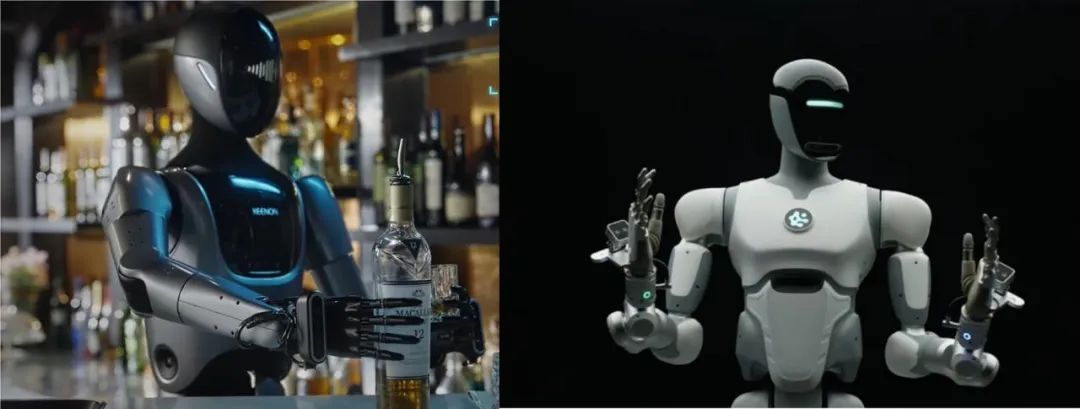
As an upstream supplier in embodied intelligence, Aoee Technology has completed the mass production ramp-up phase and is now at the "Next Level": Operating a self-built factory in Zhuhai with a current weekly production capacity of 150 agile hands and 200 bionic hands per month. Its production processes, delivery capabilities, and supply chain control are fully mature, further enhancing its production capacity competitiveness. 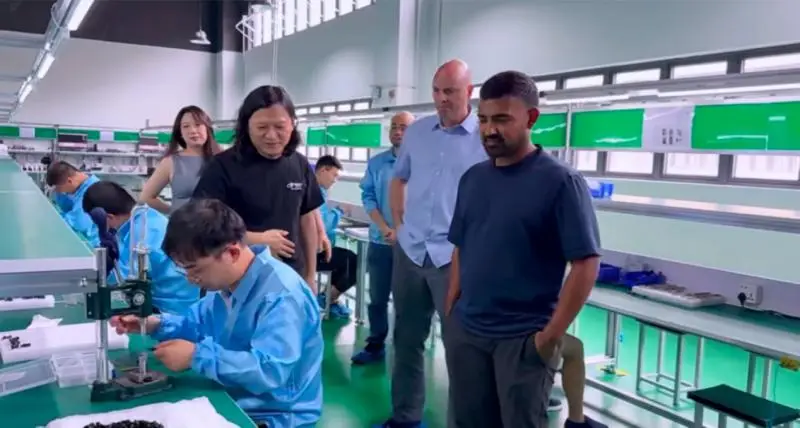
Despite the impending price war in the agile hand sector, Aoee remains unperturbed. Relying on its self-research capabilities, supply chain control, and cost sharing from its prosthesis business, it can still achieve profitability amidst price wars without relying on capital infusions.
Simultaneously, Aoee adheres to a steady pace, not pursuing short-term bursts but relying on stable cash flow from mature business lines like medical rehabilitation to continuously support cutting-edge products like agile hands.
Founder Ni Hualiang emphasized that Aoee does not aim to conquer the world with a single product, but rather aspires to become a provider of solutions that cater to the universal needs of the industry. The future of dexterous hands extends beyond mere imitation of human hands; it is the linchpin enabling embodied intelligence to seamlessly integrate into the real world.
The journey of Aoee Technology commenced with a straightforward query from a user and has been molded by its unwavering commitment to the "challenging yet right" path.
Transitioning from the industrial realm of bionic hands to dexterous hands, Aoee has not only bridged the value chain between medical rehabilitation and industrial automation but has also emerged as a "catalyst" igniting the industry and a "pioneer" in this burgeoning blue ocean of dexterous hand technology, leveraging its profound expertise and distinctive approach.
Aoee's endeavors further underscore that by prioritizing the resolution of real-world challenges, technology will inevitably forge a pathway to the future.







